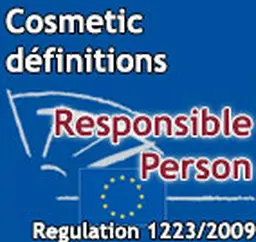
Epidermis is the outer layer of skin, the one we can see and touch! As such, it says a lot about others and ourselves (tiredness, health …). Thanks to its structure and composition, it acts as a shield protecting the skin and the entire body from external aggression. Further, any cosmetics applied goes through this layer. So how does it work?
Epidermal cells
Epidermis is made up of different cells: keratinocytes, melanocytes and Langerhans cells.
Keratinocytes: They make for 80-90% of the epidermal cells. They come as successive layers from the basal layer (the innermost layer) to the stratum corneum (the outermost layer). They are firmly attached to one another by "briges" known as desmosomes. Their main function is to produce keratin, a fibrous protein that gives skin its mechanical and chemical resistance.
Melanocytes: They make for about 13% of the epidermal cells. They are mingled with the keratinocytes of the basal layer. They produce melanin: a photo-protective pigment. This pigment protects our skin against the UV-A radiation detrimental effects, tanning it to a brownish colour.
Langerhans cells: They are in the middle layers of the epidermis. They are amajor factor of the immune system; they act as a fist line to protect the skin from any attack from outside.
The epidermis's layers: "A shield"
Epidermis comprises different layers. The two main ones are: the basal layer and the stratum corneum.
The basal layer: It comes as a single layer of keratinocytes and some melanocytes, which is put on the dermo-epidermal junction. Keratinocytes are produced in this layer, by mitosis (a cell divides in two cells).
The stratum corneum: As it is the outermost layer of the epidermis, it is in direct contact with the outside. This layer comprises "dead" keratinocytes (a keratinocyte is then only a cell filled with keratin). These dead cells gradually leave the skin, an action known as shedding.
How the epidermis works
As it is in contact with the world outside of the body, it is an easy prey fo any aggressive element (cold, pollution, bacteria …). A protective film, called the hydrolipidic film, is spread on the surface; this film helps to maintain skin hydration and thanks to its composition, it prevents many foreign particles to enter the body.
Further to this shield role, skin produces the keratin through so-called cornification and cell migration. Indeed, skin is renewed approximately every 28 days. Cells from mitosis in the basal layer migrate to the stratum corneum, gradually undergoing some changes: they flatten out as they rise, the organelles (cell components) and the nucleus disappear while they accumulate kerati. Then, in the stratum corneum, cells die and peel off skin.
Thus, every 28 days, a brand new skin is born.













